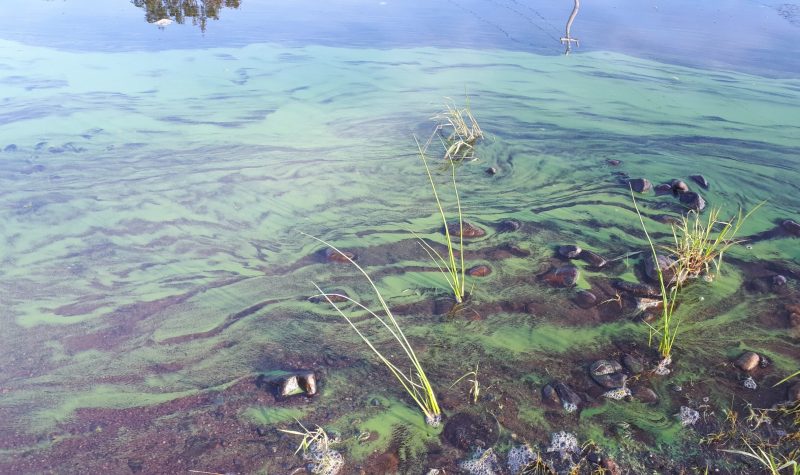As Nova Scotians prepare to head to the lake this summer, the province is launching an educational campaign warning people to be on the lookout for blue-green algae.
The naturally occurring cyanobacteria can flourish in nutrient-rich fresh water such as lakes, rivers, ponds, and streams, especially during hot, dry conditions. The algae can cause people to feel ill with symptoms of headaches, fever, itchiness, diarrhea, abdominal pain, nausea or vomiting. While the cyanobacteria is uncomfortable for humans, it can be fatal to animals.
Children tend to be at a greater risk of exposure because of their smaller size and the likelihood they would spend more time in the water.
Anyone encountering blue-green algae should look for different water sources for drinking, cooking, bathing, laundry and watering vegetables as contaminated water isn’t safe even if it’s boiled, filtered or treated.
Identifying algae can be tricky as it can appear several different ways. Algae blooms can look like fine grass clippings in the water, spilled paint, pea soup or sometimes like a thick scum on the surface.
Algae mats can be found in shallow areas of lakes and rivers and on the shoreline and look like clumps of vegetation, appearing either black, brown or dark green in the water and may appear grey on the shoreline.
Queens County has not had a confirmed case of blue-green algae since 2020.
Three outbreaks have already been announced in Halifax and Lunenburg counties this year and with forecasters predicting a hot, dry summer, they could be the first of many to come.
Reported by Ed Halverson
E-mail: edhalversonnews@gmail.com
Twitter: @edwardhalverson
To listen to the broadcast of this story, press play below.


